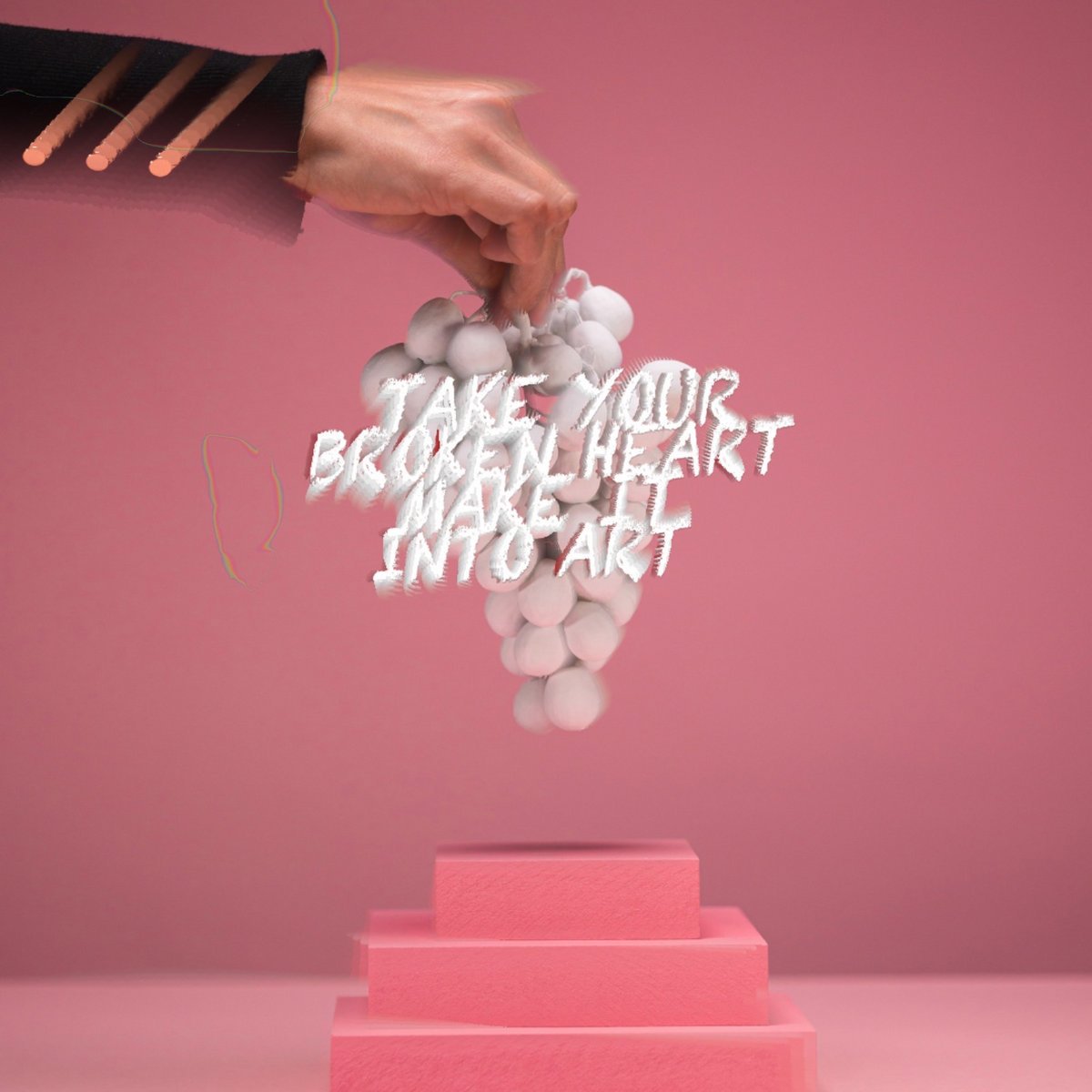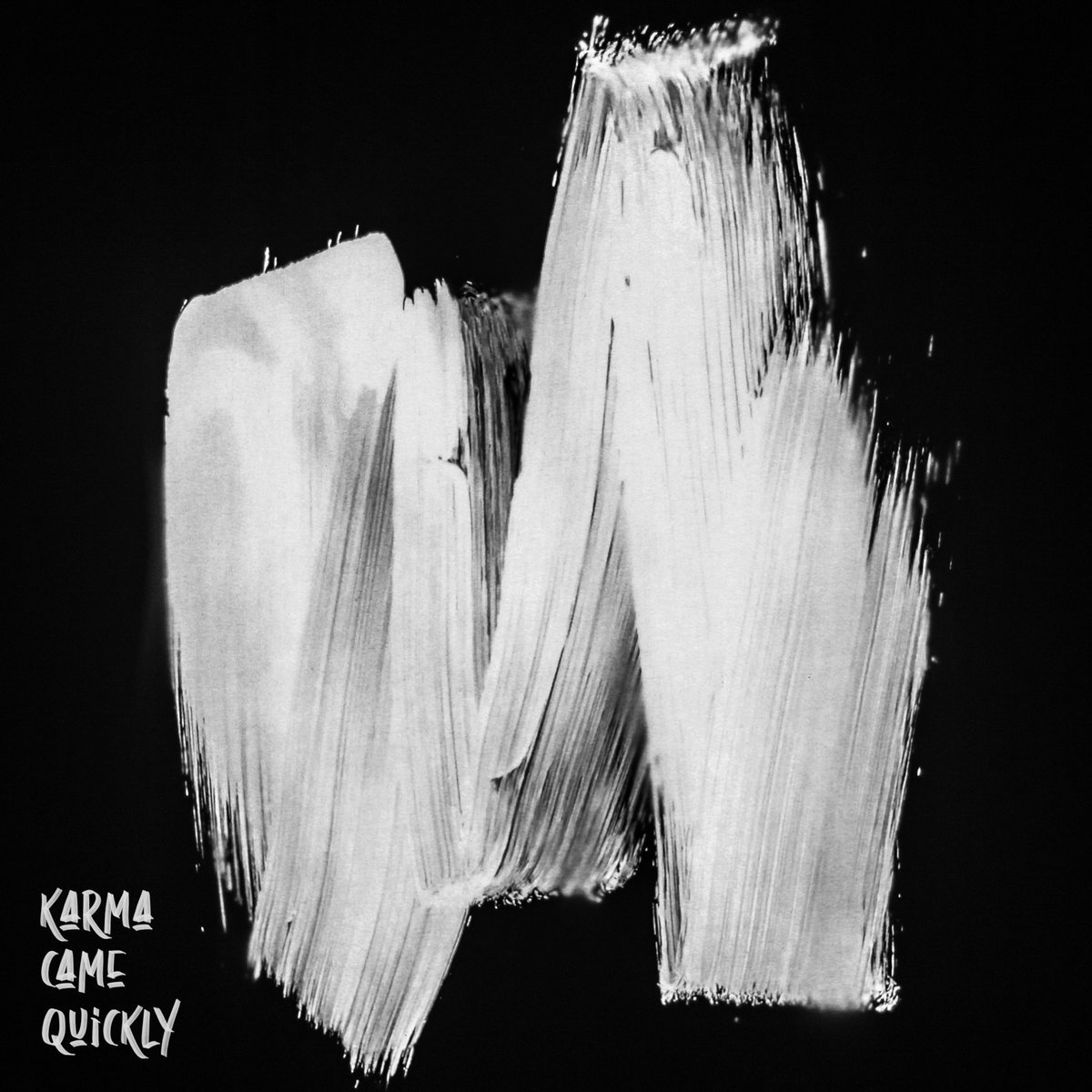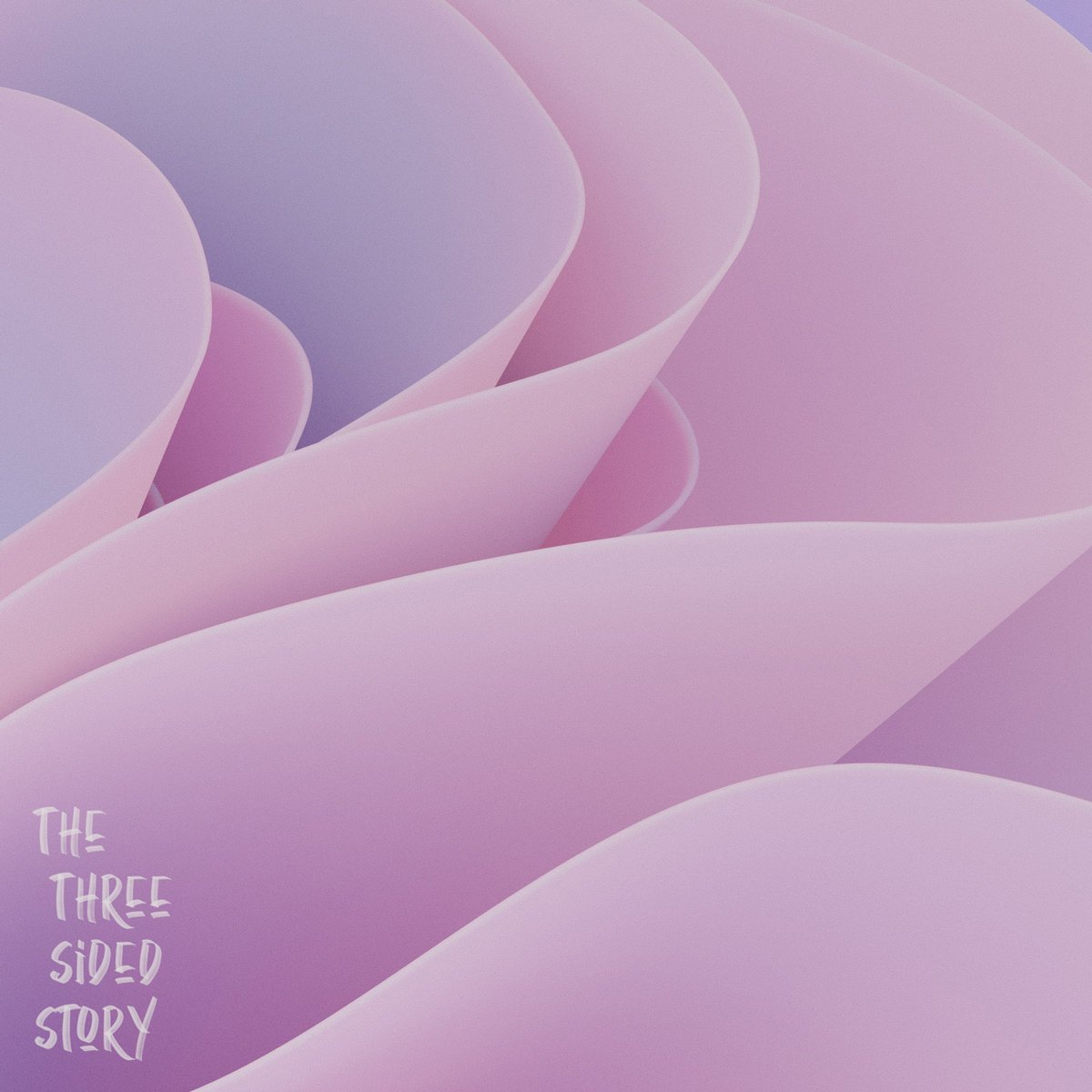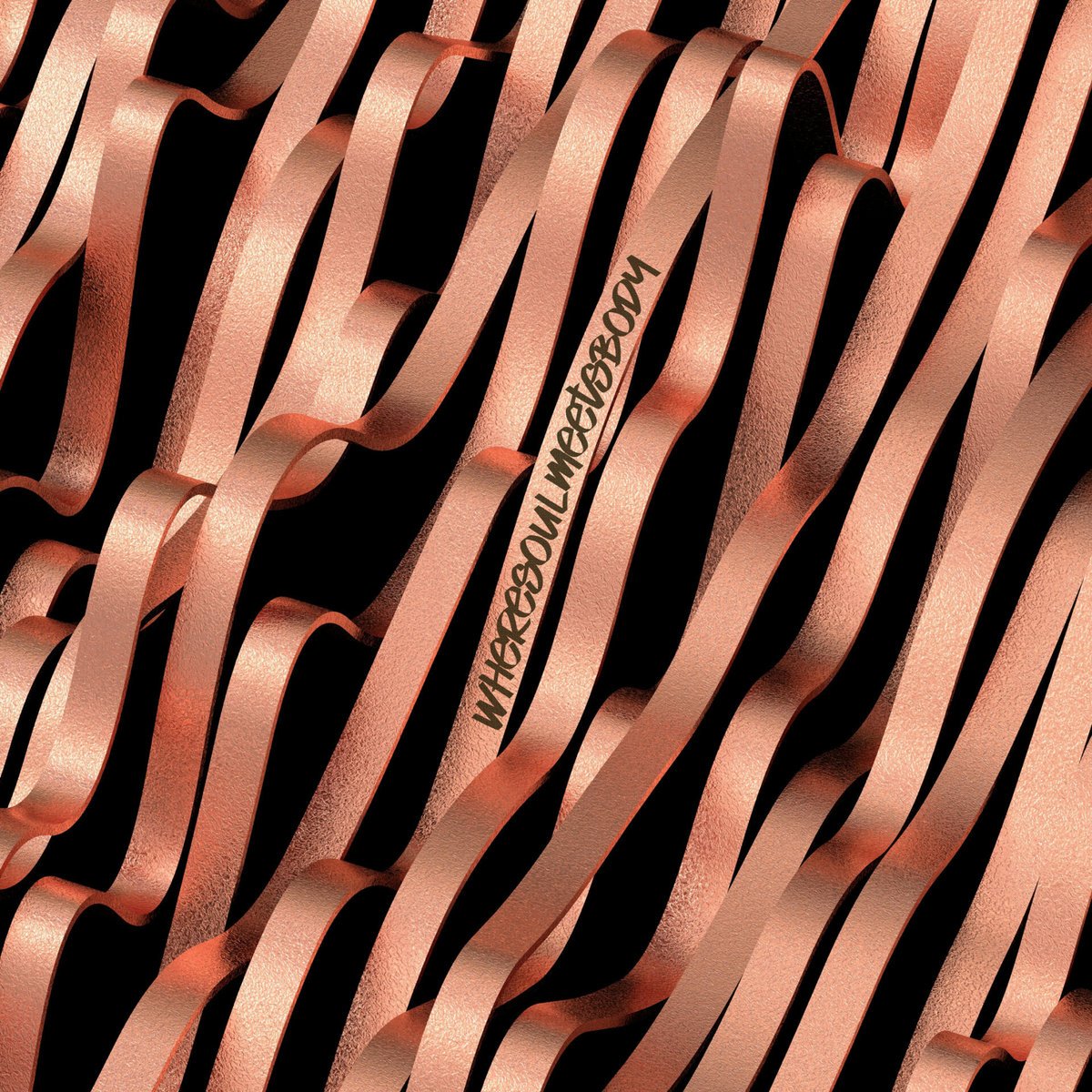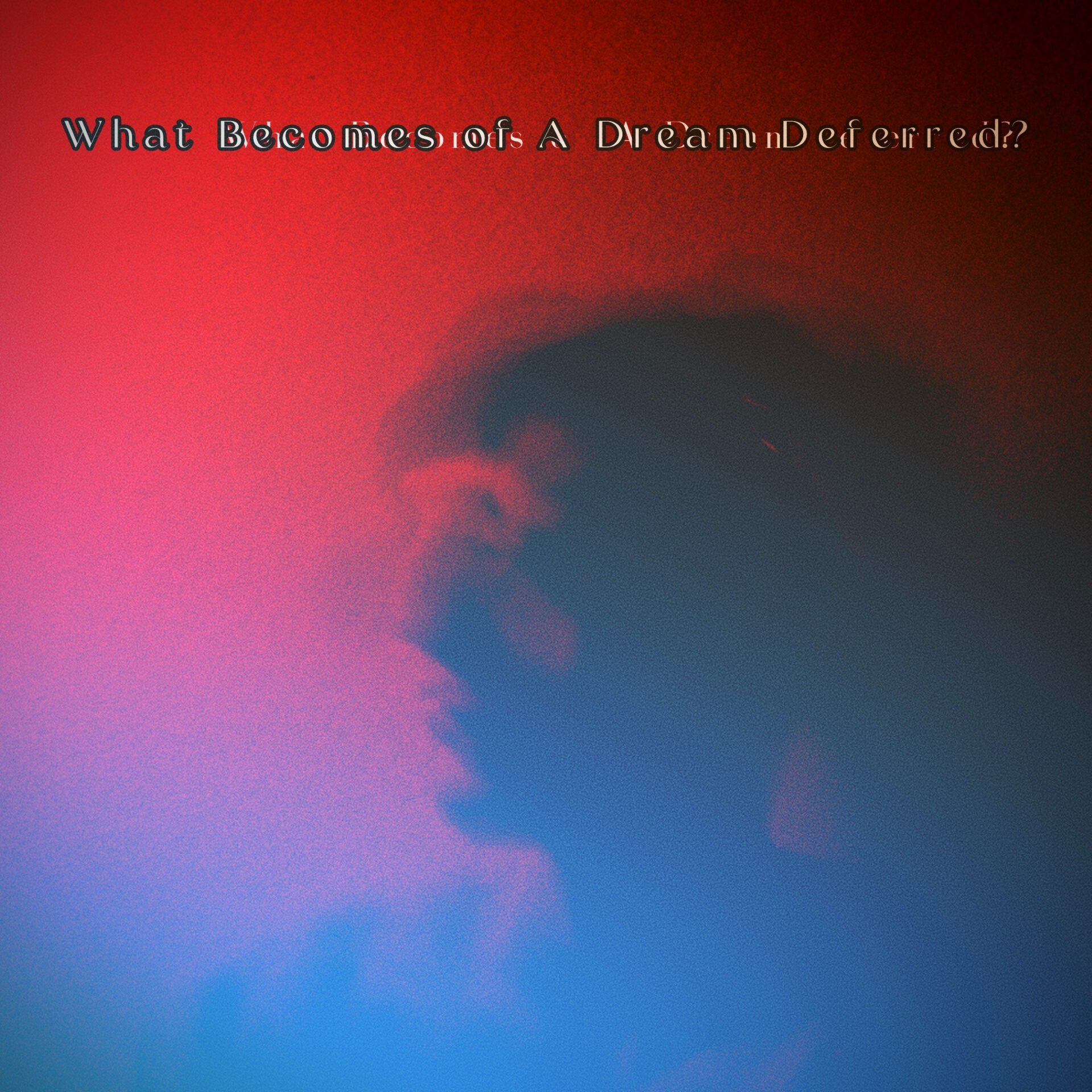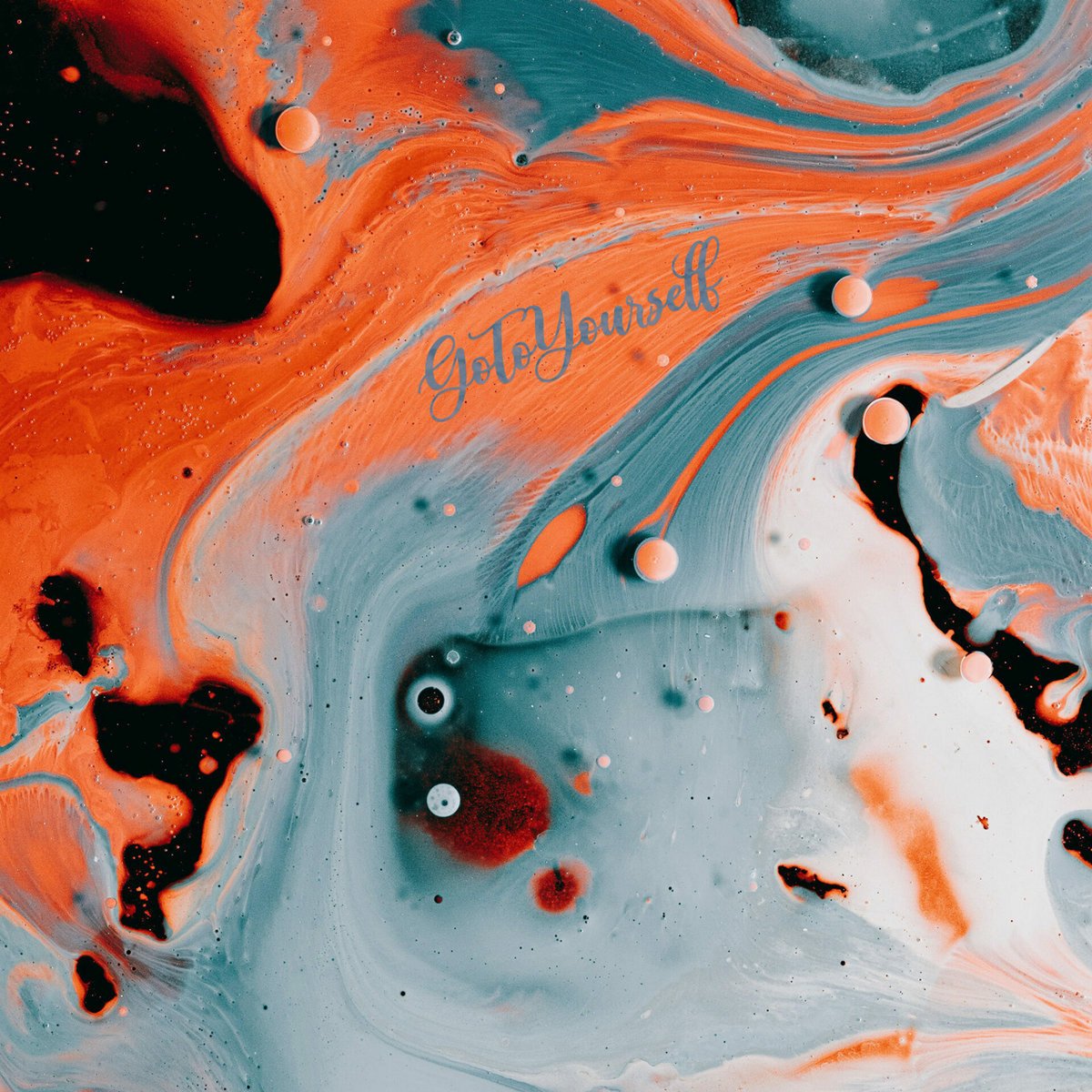Take Your Broken Heart, Make It Into Art (genesis: vayechi)
Carrie Fisher used to say, “take your broken heart, make it into art.” It’s incredible how we are able to turn tragedy into triumph and our own dark moments into light and hope for others. There’s nowhere we see our interconnectedness more than in art. The stories that are the most popular in films and literature play off the primary story (rises, falls). A few examples: Rags to Riches, Riches to Rags, Cinderella (rise then fall then rise), and Oedipus (fall then rise then fall). Most stories play off of this – this is seen in the Torah, too, especially in the story of Yakov and Yosef. When we bump into a friend or a stranger, we never really know if at that moment they are feeling a fall or a rise, & so we each have to be as …
Take Your Broken Heart, Make It Into Art (genesis: vayechi) Continue Reading
